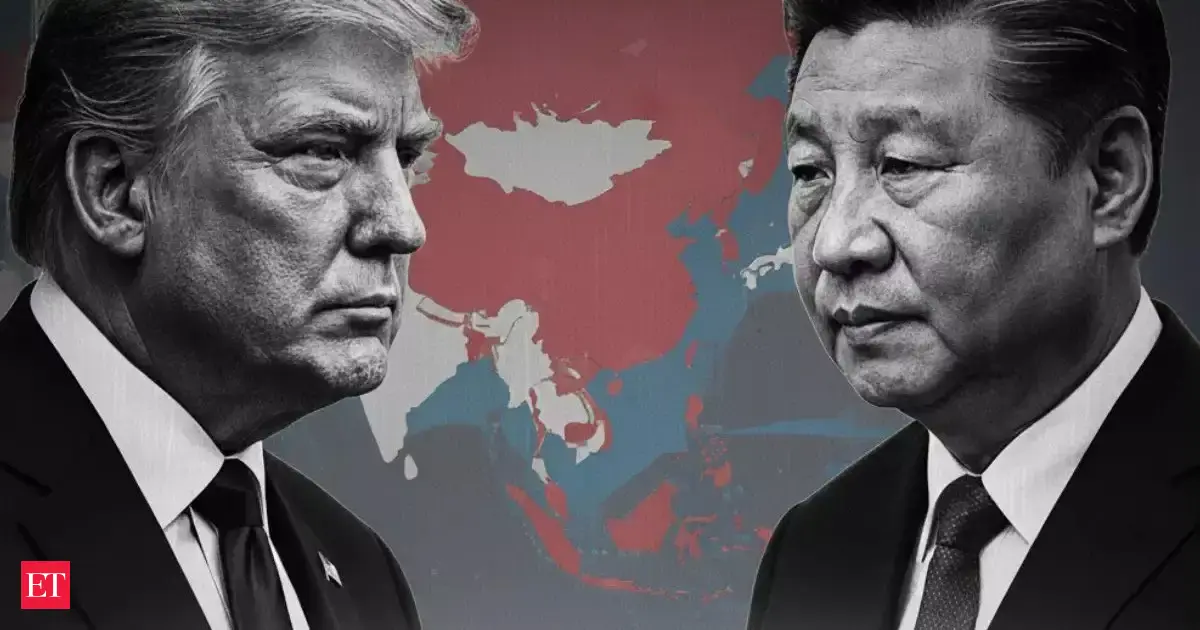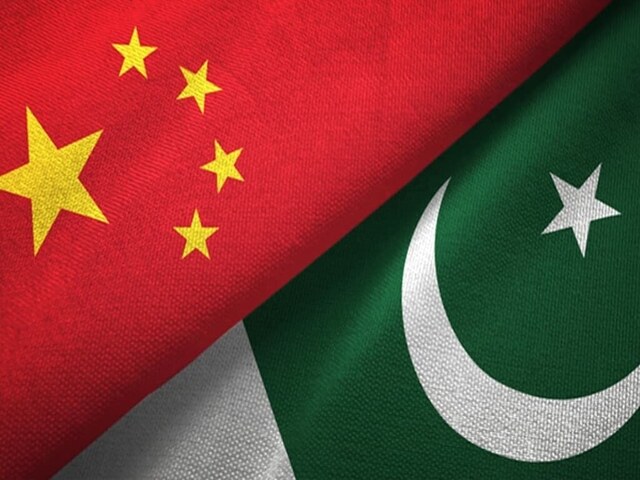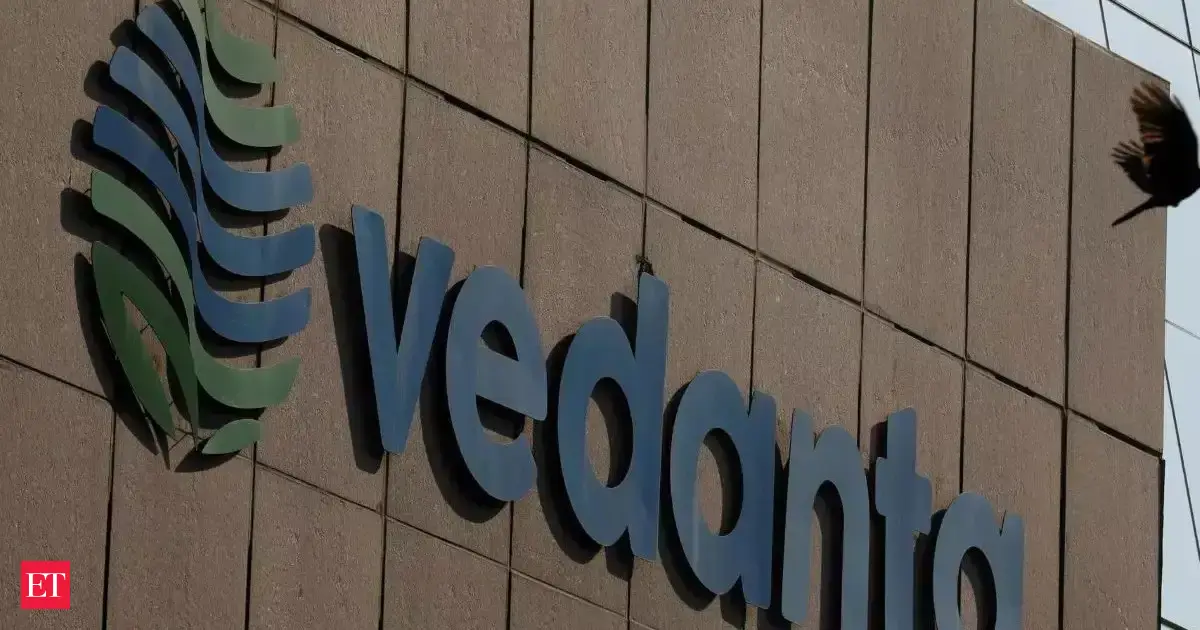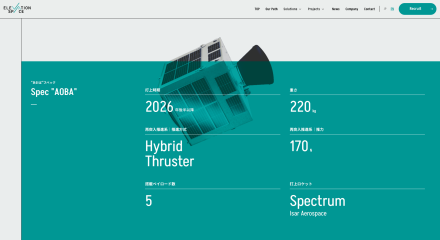By Martin Shwenk Leade
Copyright indiatimes

Trump-era policies leave US influence waning as China tightens grip on its backyard.
Southeast Asia is experiencing a clear shift in power. China is expanding its influence at an unprecedented pace, while the United States, long seen as the region’s anchor for trade, security, and diplomacy, appears increasingly peripheral. A new report from the Sydney-based Lowy Institute highlights just how much Washington’s sway appears to have declined.The report paints a stark picture of this decline, pointing to tariffs, aid cuts and visa restrictions under Donald Trump as the catalysts eroding US sway.Released Wednesday, the Lowy Institute’s Southeast Asia Influence Index ranks external powers by their impact across trade, investment, defence, diplomacy and cultural influence.The results are telling. China now surpasses the United States in overall regional influence, establishing itself as the default partner for six out of eleven Southeast Asian countries. For Cambodia, Indonesia, Malaysia, Myanmar, Thailand and Vietnam, Beijing holds the top spot.Also Read: US acknowledges “turbulence” with India but maintains positive trajectoryLive Events“China is everywhere in Southeast Asia,” the report notes. “The United States, by contrast, shows two differing faces in Southeast Asia.”What this means appears to be straight-cut: Where China pursues consistent economic engagement backed by an unrelenting diplomatic presence, the US is reactive, fragmented and inconsistent.Economics: China’s strongest cardWhen it comes to influence in Southeast Asia, China’s strongest card is economics, and it’s playing it very effectively. Trade is one of the most visible measures of power, and the numbers seem to be telling a clear story.China accounts for about 20% of Southeast Asia’s exports and supplies 26% of its imports. The United States, by comparison, is at 16% for both. The gap is even bigger when it comes to countries like Cambodia, Laos and Myanmar, where Chinese influence outweighs Washington’s by anywhere from 60% to 150%.Investment patterns reinforce this dominance. Between 2015 and 2024, China accounted for 21% of all new project investments in the region, up from 13% in the previous decade. That jump displaced Japan as the largest investor. Chinese money now supports infrastructure, industrial projects and manufacturing hubs, embedding China deeply into Southeast Asia’s economic framework.China also wields influence through development finance, particularly via Belt and Road Initiative projects. While its overall overseas lending has slowed since 2017, these investments remain strategically significant. Grants, however, are modest, less than 12% of regional aid grants between 2021 and 2023 came from Beijing.Also Read: India continues to buy more from China as cheap exports pour inBeyond the hard power of trade and investment, China also has considerable soft power that it exercises via tourism and education. Chinese tourists make up the majority of visitors to Thailand, Vietnam and Cambodia, and roughly 60% of all foreign students in Southeast Asia are from China.These human connections reinforce economic ties and create long-term networks, though they haven’t translated into media influence. When it comes to TV, radio, newspapers and news agencies, China ranks only sixth in the region.China’s diplomatic reach and security limitationsChina’s presence in Southeast Asia goes far beyond trade and investment, it extends deep into diplomacy. Chinese leaders and foreign ministers are among the most frequent visitors to the region, signaling consistent engagement. Beijing also maintains 16 consulates outside regional capitals, while 54 consulates from Southeast Asian countries operate in China, creating a dense network of diplomatic ties.Its strategic partnerships now cover every Southeast Asian nation except the Philippines, which analysts say shows just how deliberate and comprehensive its approach is.This constant diplomatic presence doesn’t just build goodwill, it directly supports China’s economic investments and positions the country as a partner that many in the region find hard to ignore.But there are limits. While China dominates in trade and diplomacy, its footprint in regional defence is uneven. It ranks as the third-largest arms supplier to Southeast Asia after the US and Russia, with most of its sales concentrated in mainland Southeast Asia. In Cambodia, Laos, Myanmar, Vietnam and Thailand, Chinese weapons make up over 20% of arms imports.Move to maritime Southeast Asia, countries like Indonesia, Malaysia, the Philippines, Singapore, Brunei and Timor-Leste, and China’s share drops sharply to just 2%.Beyond arms sales, China has few military alliances or joint exercises in the region. This gap shows that while Beijing is shaping economic and diplomatic ties, its security influence remains limited, especially in the maritime parts of Southeast Asia.The takeaway seems to be clear: China is a dominant economic and diplomatic player, but it doesn’t yet control the region’s security architecture, leaving space for others, like the US, to remain relevant in defence matters.US influence faltersFor the US, influence is concentrated and uneven.It retains strong defence and investment ties with traditional partners such as the Philippines and Singapore, where military collaboration remains central. Cultural influence through education and media continues to offer soft power, but these gains are overshadowed by a weakening economic and diplomatic presence.Also Read: ‘Businessman’ Trump forcing the world to buy American oil at a higher price: Kremlin hits back at White HouseTrump-era policies, tariffs, visa limits and an 83% cut to foreign aid, have accelerated this decline.Southeast Asian nations were particularly affected when tariffs imposed in April persisted into July, leaving Laos and Myanmar with duties as high as 40%.The dismantling of USAID and budget reductions at the US Agency for Global Media, which oversees Voice of America and Radio Free Asia, further hollowed out traditional channels of American influence.Public perception reflects this shift.A Pew Research Center survey found favourable views of Beijing in wealthy nations at a six-year high of 32%, while approval of the US fell to 35%, its lowest since 2017.As reported by Bloomberg, Senate Democrats have accused Trump of “ceding global leadership to China,” citing the combination of trade wars and retreat from engagement.Middle powers and peripheral playersBeyond the big two, Japan ranks third in overall influence, ahead of Australia and India.It maintains a presence across all Southeast Asian states, leveraging diplomacy, defence aid and trade. Australia, ranked fourth, is particularly strong in defence and its engagement with Timor-Leste.South Korea, ranked eighth, exerts influence through investment and the spread of K-culture in Vietnam and Indonesia.As per the report, India, at eleventh, remains inconsistent, underperforming relative to its size and potential.Secondary players — UK, France, Canada and Russia — operate in more focused, niche roles. The UK leads in media and Commonwealth ties; France maintains modest influence, with growing defence cooperation; Canada concentrates its efforts on the Philippines; and Russia provides arms exports and defence support to Vietnam, Laos, and Myanmar.Ranking the playersEconomic influence: 1. China, 2. United States, 3. JapanDefence networks: 1. United States, 2. Australia, 3. Thailand, 4. JapanDiplomatic influence: 1. China, 2. Japan, 10. United StatesCultural influence: 1. United States, 2. China, 3. Malaysia (regional soft power)ASEAN engagement: 1. China, 2. Japan, 3. South Korea, 6. United StatesHere’s the overall picture: China is the strongest in economics and diplomacy; the US remains dominant in defence and culture but is faltering in other spheres; Japan provides consistent support beyond the big two; ASEAN countries leverage neighbourhood ties to balance influence; smaller powers operate in narrow niches.Who holds the cards?The Lowy Institute report sends a warning that US disengagement, policy inconsistencies and the Trump administration’s aggressive trade and aid strategies have created an opening for China in Southeast Asia.Beijing’s blend of economic heft, diplomatic reach and targeted defence support has entrenched it across the region, while Washington risks being viewed increasingly as a distant partner.Yet the landscape is not monolithic: ASEAN countries continue to manage dependencies, diversify partnerships, and assert agency in the face of superpower competition.Add as a Reliable and Trusted News Source Add Now!
As Trump prepares to attend next month’s ASEAN summit in Malaysia, the focus shifts to whether the United States can recalibrate its approach to reclaim influence, or if China’s momentum has already reshaped the strategic landscape in Asia.(You can now subscribe to our Economic Times WhatsApp channel)
Read More News onchina southeast asiaus china rivalrysoutheast asia trade investmentchina economic powerus soft power declinedonald trumpchina india usamodi trump
(Catch all the Business News, Breaking News, Budget 2025 Events and Latest News Updates on The Economic Times.) Subscribe to The Economic Times Prime and read the ET ePaper online….moreless
(You can now subscribe to our Economic Times WhatsApp channel)Read More News onchina southeast asiaus china rivalrysoutheast asia trade investmentchina economic powerus soft power declinedonald trumpchina india usamodi trump(Catch all the Business News, Breaking News, Budget 2025 Events and Latest News Updates on The Economic Times.) Subscribe to The Economic Times Prime and read the ET ePaper online….moreless
Prime ExclusivesInvestment IdeasStock Report PlusePaperWealth Edition123View all Stories



